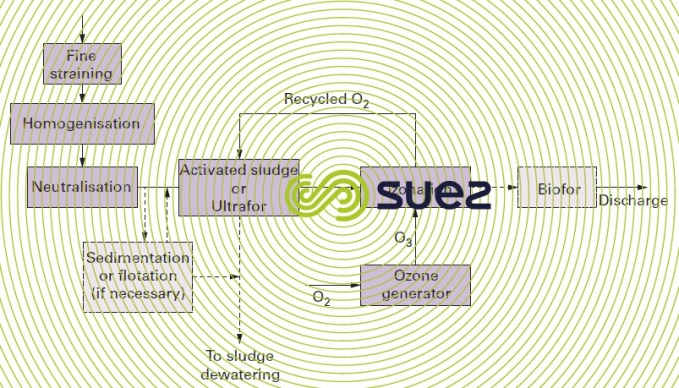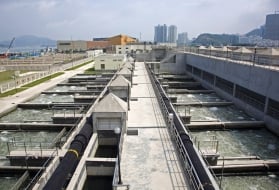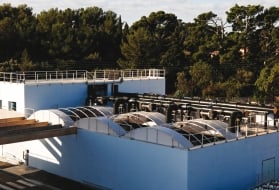tertiary treatment
Reading time:The main purpose of tertiary treatment is:
- colour removal;
- hard COD and suspended solids reduction.
The following are the most frequently used techniques:
- coagulation-flocculation with the negative impact of additional costs for reagents and processing additional sludge output;
- ozonation or ozonation followed by the BIOFOR (Oxyblue) which presents a number of advantages:
- compactness;
- high efficiency;
- little or no sludge production;
- when ozone is produced from pure oxygen, the excess oxygen is recovered and re-injected into the biological aeration tank, thus reducing aeration power consumption.



Bookmark tool
Click on the bookmark tool, highlight the last read paragraph to continue your reading later














